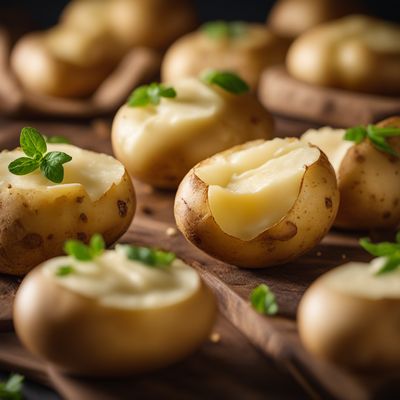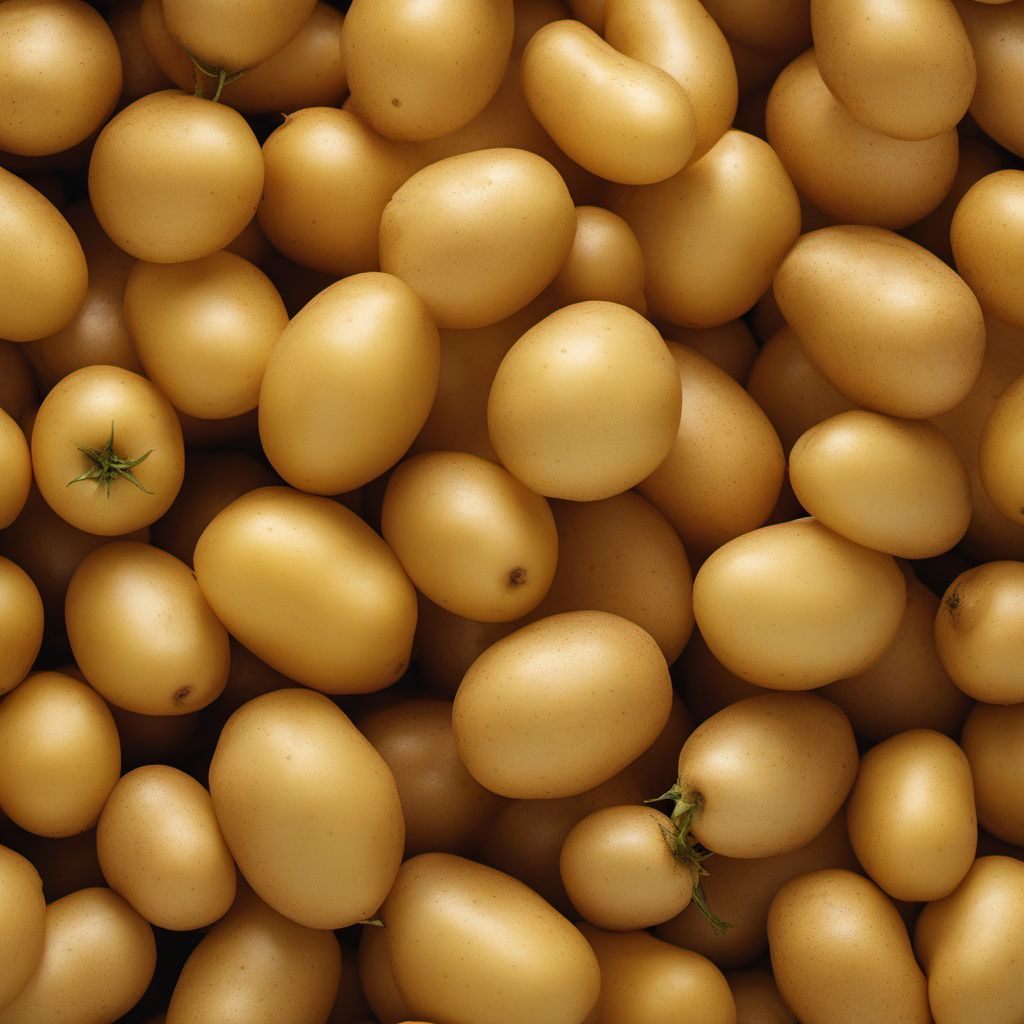
Ingredient
New potatoes
The Petite Gems
New potatoes are small, round potatoes with thin, delicate skins and a creamy, buttery flesh. They have a subtly sweet flavor and a smooth, velvety texture that melts in your mouth. Their appearance is characterized by their small size and thin, papery skins, which can be white, yellow, or red.
Origins and history
New potatoes have been cultivated for centuries and are enjoyed in various cuisines around the world. They are particularly popular in European and American cooking, where they are often boiled, roasted, or used in salads. Their name "new" refers to their young age at harvest, making them a seasonal delicacy.
Nutritional information
New potatoes are a good source of vitamin C and potassium. They are also low in fat and calories, making them a healthy choice for those watching their weight. Additionally, they contain dietary fiber and antioxidants that contribute to overall health and well-being.
How to select
When selecting new potatoes, look for small, firm potatoes with smooth skins. Avoid any potatoes with green spots or sprouts, as they indicate the presence of solanine, a toxic compound. Choose potatoes that feel heavy for their size, as this indicates a higher moisture content and better flavor.
Storage recommendations
To store new potatoes, keep them in a cool, dark place, such as a pantry or cellar. Avoid storing them in the refrigerator, as the cold temperature can convert the starches into sugars and affect their flavor. Use them within a week or two to enjoy their optimal freshness and taste.
How to produce
New potatoes can be grown in a home garden or container. They require well-drained soil and plenty of sunlight. Plant the seed potatoes in early spring, and as they grow, mound soil around the base of the plants to encourage more tuber development. Harvest the potatoes when they are small and tender, usually around 10-12 weeks after planting.
Preparation tips
New potatoes can be boiled, roasted, mashed, or used in salads. Boiling them whole with a pinch of salt brings out their natural sweetness and creates a tender texture. They can also be roasted with herbs and olive oil for a crispy exterior and creamy interior. Additionally, new potatoes are perfect for making potato salads, as their small size and delicate skins add a delightful texture to the dish.
Substitutions
Yukon Gold potatoes or fingerling potatoes can be used as substitutes for new potatoes. While they may have slightly different flavors and textures, they can still provide a similar creamy and buttery experience in various dishes.
Culinary uses
New potatoes are commonly used in European and American cuisines. They are often boiled and served as a side dish, roasted with herbs and spices, or used in salads. They are also a popular choice for making potato salads due to their small size and tender texture.
Availability
Europe, North America
More ingredients from this category
Recipes using New potatoes » Browse all
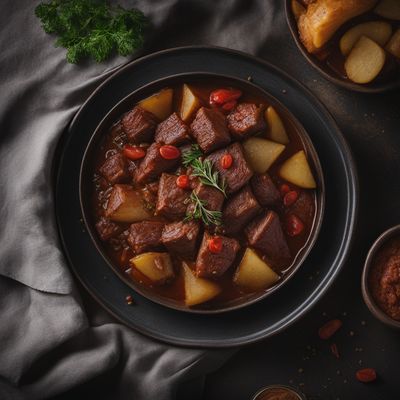
Mordovian Michoteta
Savory Mordovian Delight: Michoteta with a Twist
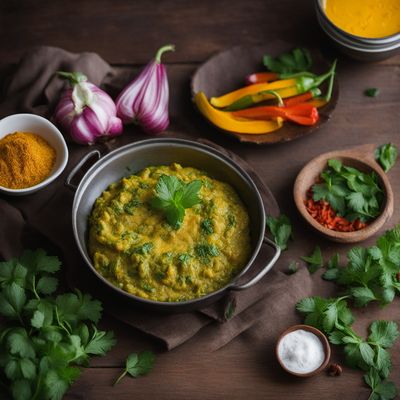
Iranian-style Farmers' Breakfast
Saffron-infused Farmers' Delight: A Taste of Iran's Morning Bounty

Mexican Style Bangers and Mash
Chorizo and Potato Mash with Spicy Sausages
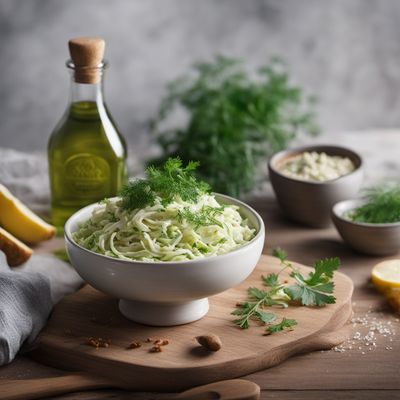
Mordovian Cholera
Savory Mordovian Pie: A Fusion of Swiss and Mordovian Flavors

Atascaburras - Spanish Potato and Salted Cod Mash
Sabor Español: A Flavorful Twist on Traditional Potato and Salted Cod Mash
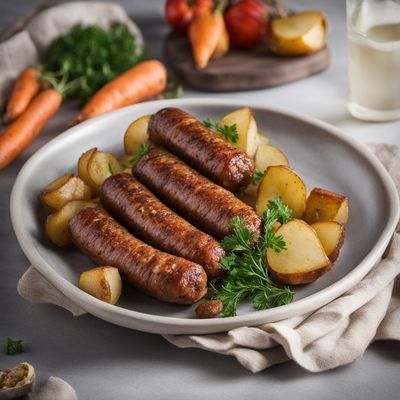
Dorset-style Sausage Delight
Savory Sausage Medley: A Taste of Dorset

Ndambé with a Lithuanian Twist
Smoky Bean Stew: A Lithuanian Take on Senegalese Ndambé
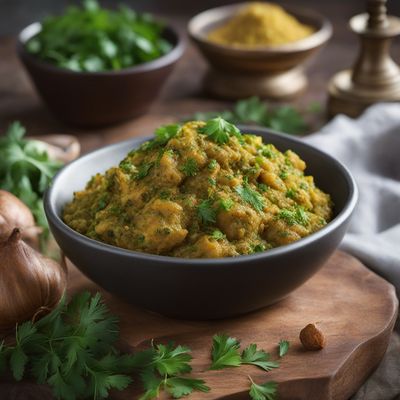
Kuku Sib Zamini with a Twist
Savory Potato and Herb Frittata

Saxon-style Potato Dumplings
Hearty Potato Delights: Saxon-style Dumplings

Lyonnaise Stuffed Potatoes
Savory Delight: Lyonnaise Stuffed Potatoes

Greek-style Patatato with Lemon and Herbs
Mediterranean Delight: Lemon and Herb Infused Greek Patatato
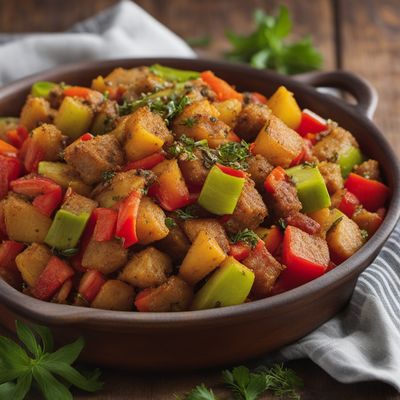
Caribbean Potato and Plantain Stuffing
Tropical Delight: Caribbean Potato and Plantain Stuffing
